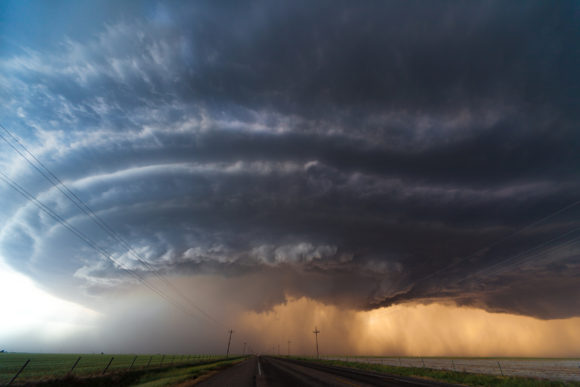Tropical weather stirred up the Gulf of Mexico, reducing this year’s dead zone off Louisiana’s coast to the third-smallest ever measured, the scientist who has measured it since 1985 said Tuesday.
Marine ecologist Nancy Rabalais said the area where there’s too little oxygen to support marine life covers about 2,116 square miles this year – but the five-year average remains much larger.
This year’s measurement of the largely human-caused phenomenon was slightly less than one-third the size predicted in June, based on the amounts of nitrogen and phosphorus carried down the Mississippi River to the Gulf of Mexico.
Tropical Storm Hanna, which developed into a hurricane before landfall in Texas, brought “really high winds and really high waves,” which mixed oxygen into the water off Louisiana down to about 65 feet, Rabalais said during a teleconference hosted by the National Oceanic and Atmospheric Administration, which pays for the measurement cruise and other research into low-oxygen areas of water.
Waves also pushed the low-oxygen area deeper than it usually is found, Rabalais said, adding, “The map is very different this year.”
And, she noted, “The low-oxygen area will redevelop as long as the winds stay lower and the water’s calm.”
The dead zone starts at the bottom and grows upward as well as outward every summer off Louisiana, reaching into Texas waters. It’s created as calm weather lets fresh river water form a layer above the denser salt water in the Gulf of Mexico. Fertilizer and other nutrients in the fresh water feed algae, which die and then decompose on the sea floor, using up oxygen.
Because year-to-year measurements can vary widely – the largest on record, in 2017, was followed immediately by one of the smallest – a five-year average is used to track the dead zone’s size. That figure is about 5,400 square miles, said David Kidwell, director of the competitive research program at NOAA’s National Centers for Coastal Ocean Science.
That’s 2.8 times larger than the target set for 2035 by the Hypoxia Task Force – a group created in 1997 to help understand the dead zone’s causes and effects and to work together to try to reduce it.
The 12 member states and National Tribal Water Council are working with five federal agencies to improve stormwater and wastewater management, which ultimately will reduce the size of the dead zone, said co-chairman Mike Naig, Iowa’s agriculture secretary.
“We’re talking about making changes on a subcontinental level. But I’m also confident we’re on the right track,” he said.
The changes are a blend of regulations, such as standards for water coming out of sewage treatment plants, and voluntary measures, said co-chair David Ross of the Environmental Protection Agency’s Office of Water. He said the EPA recently published draft regulations for nutrient levels in lakes and reservoirs. The proposal itself notes that it would not set required standards but that states could use its information to do so.
New farm runoff rules are needed for a sustained reduction in the dead zone’s size, Matt Rota, senior policy director for the environmental nonprofit Healthy Gulf, said in an email.
Without enforceable goals and limits, he wrote, “we will continue to see some farmers do good things on the small scale.” However, he continued, there won’t be any “real incentive for industrial farms … to take the steps necessary to protect the Gulf and the communities that
Topics Catastrophe Natural Disasters Louisiana Windstorm Pollution Mexico
Was this article valuable?
Here are more articles you may enjoy.



 Relief But Questions on Agents’ Duties to Insureds After Florida Court Ruling
Relief But Questions on Agents’ Duties to Insureds After Florida Court Ruling  Litigation Funding, Other New Laws in SE States Could Impact Liability Insurance
Litigation Funding, Other New Laws in SE States Could Impact Liability Insurance  Good Times for US P/C Insurers May Not Last; Auto Challenges Ahead
Good Times for US P/C Insurers May Not Last; Auto Challenges Ahead  High-Net-Worth Risk Appetite Drops as Some Regions Show Stabilization
High-Net-Worth Risk Appetite Drops as Some Regions Show Stabilization 

